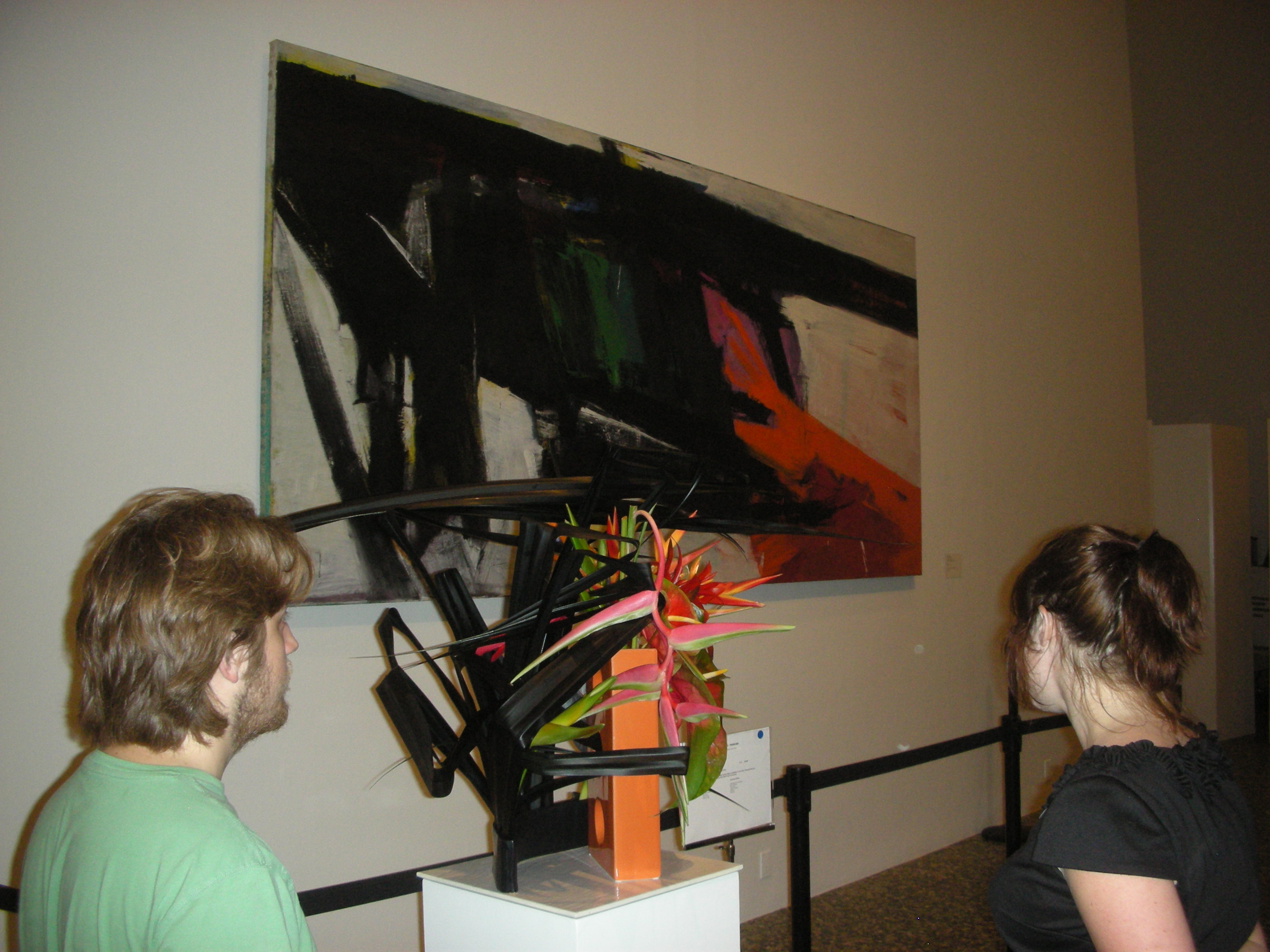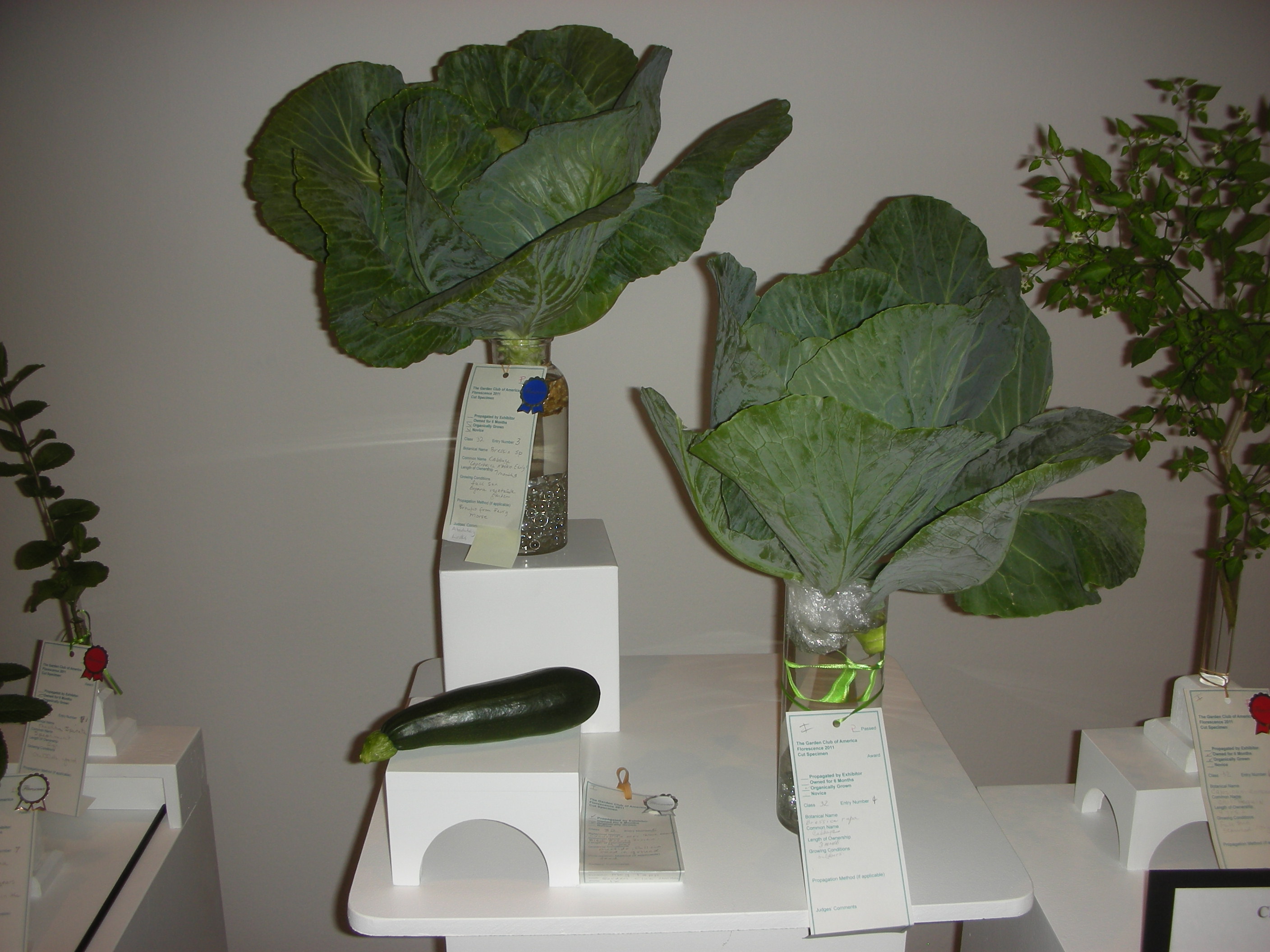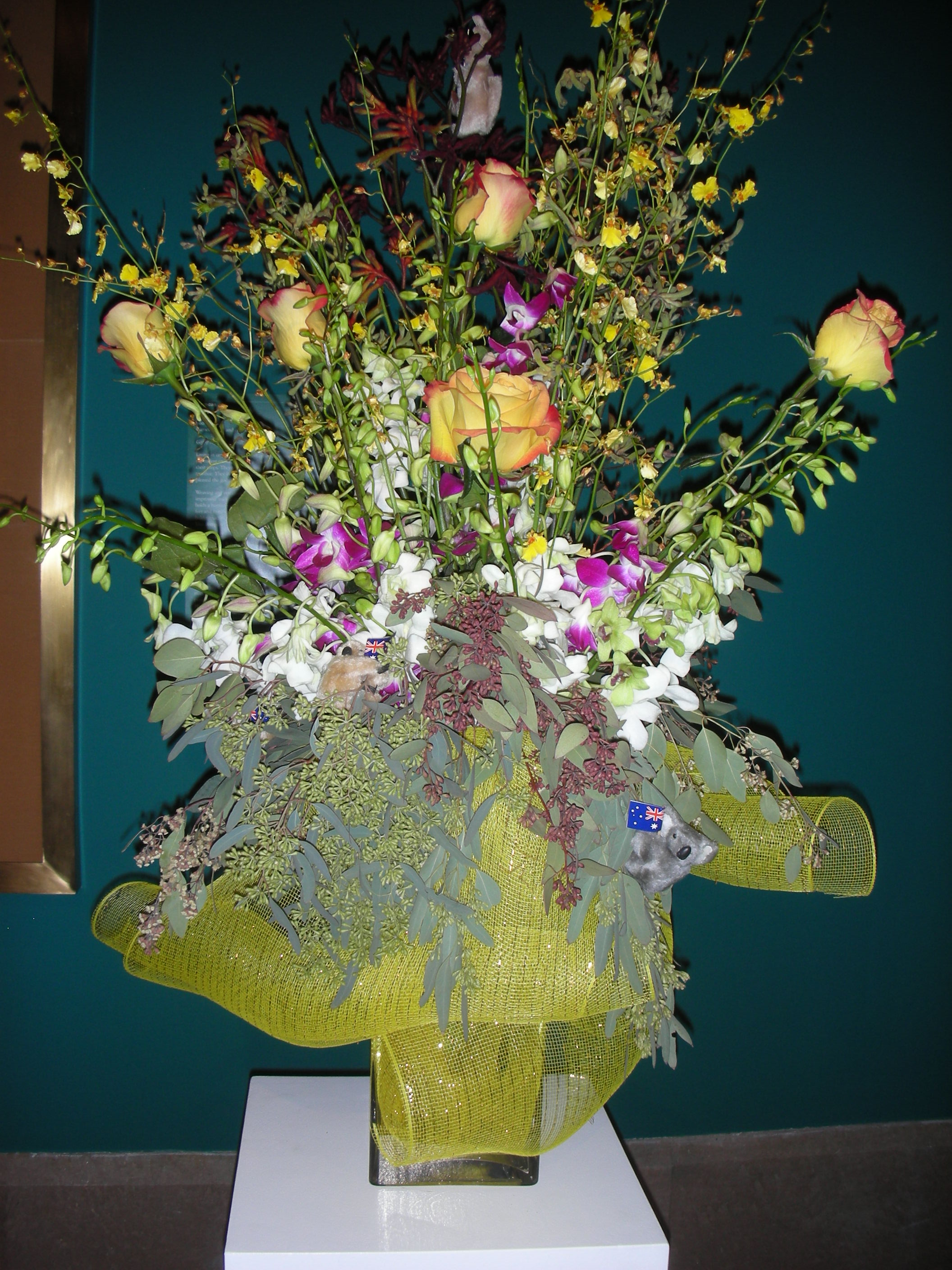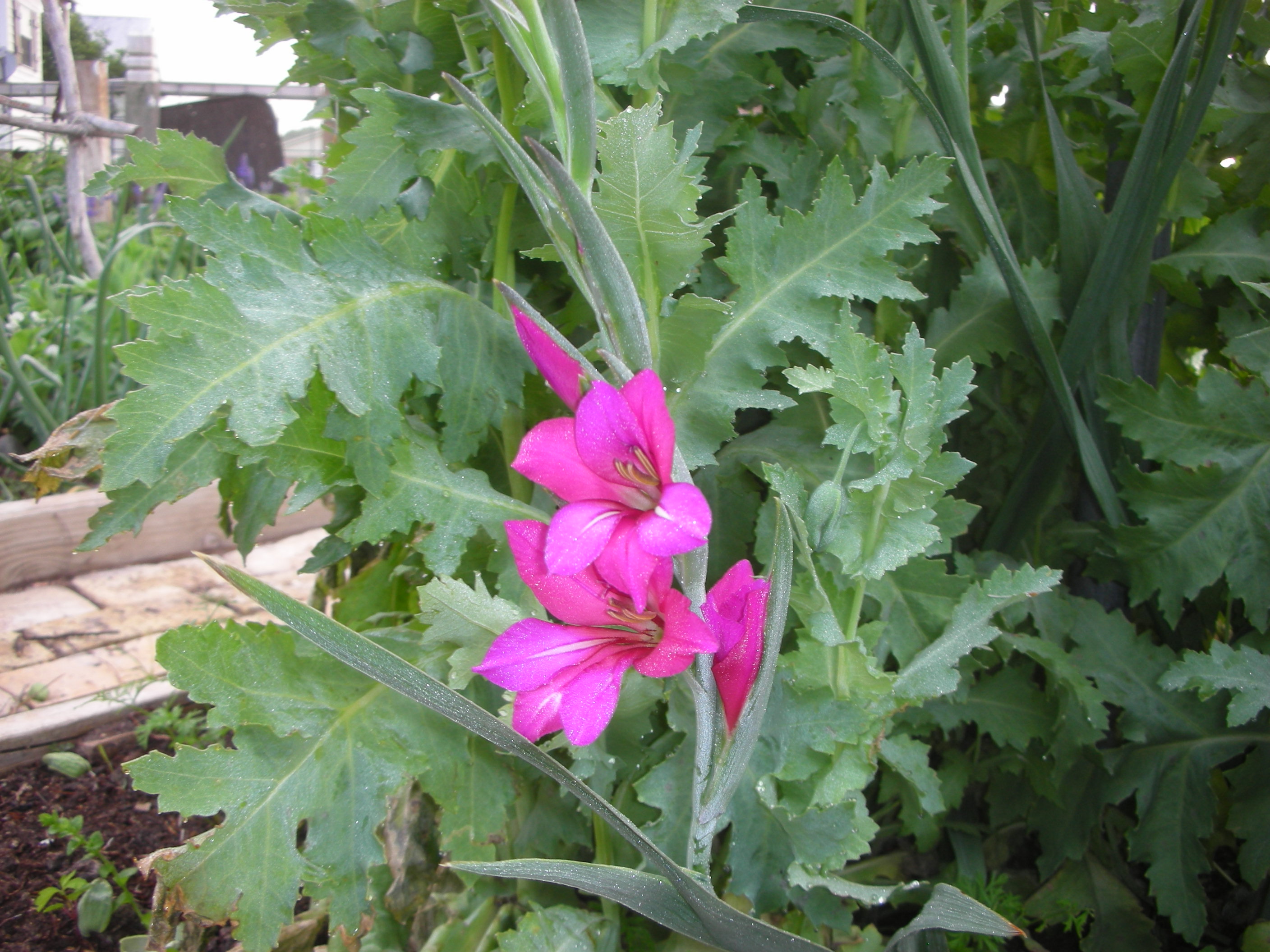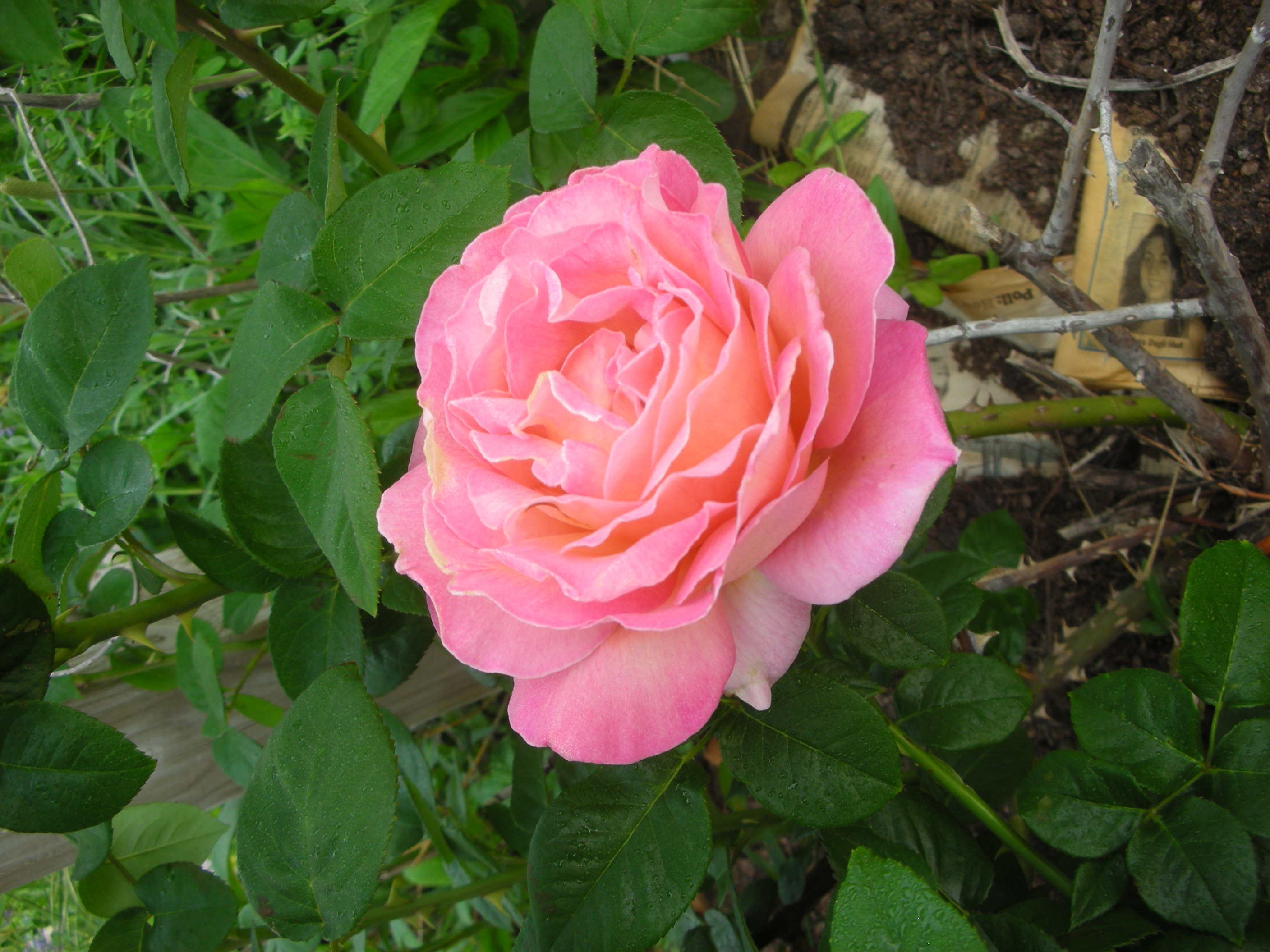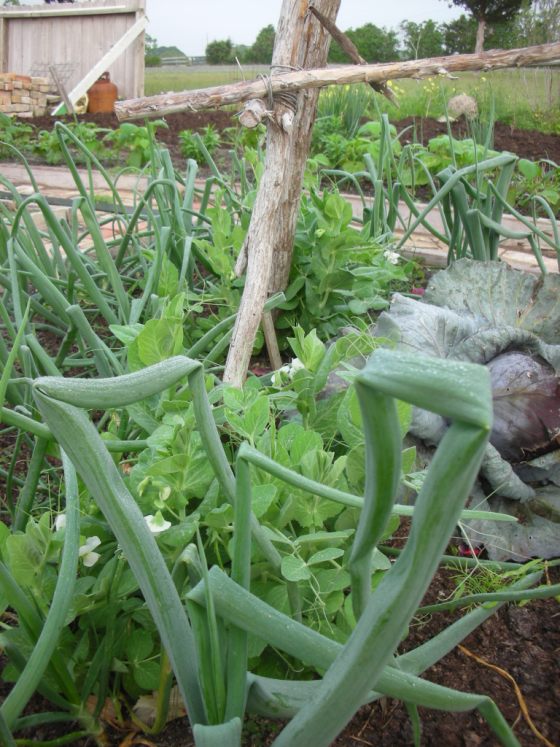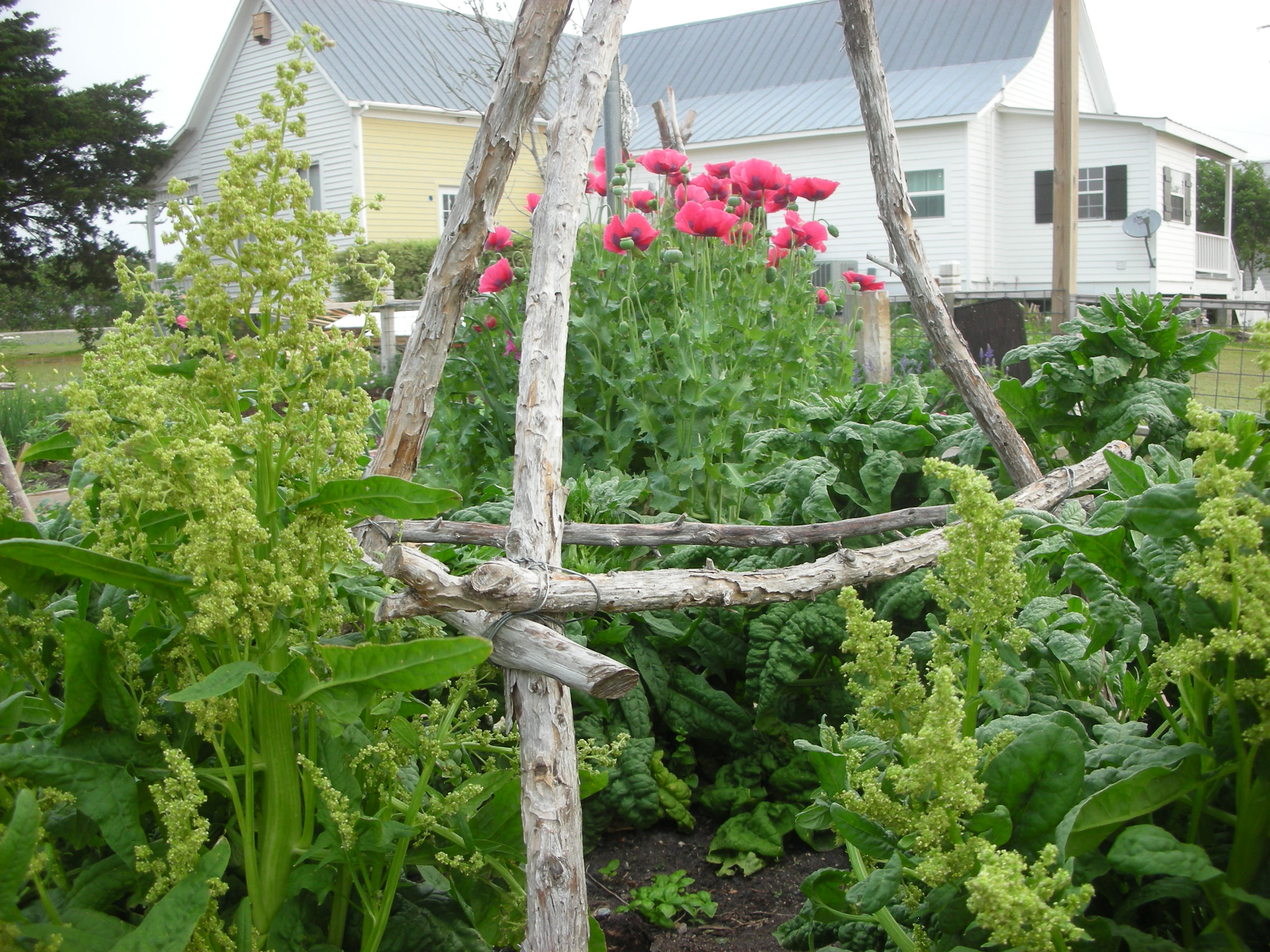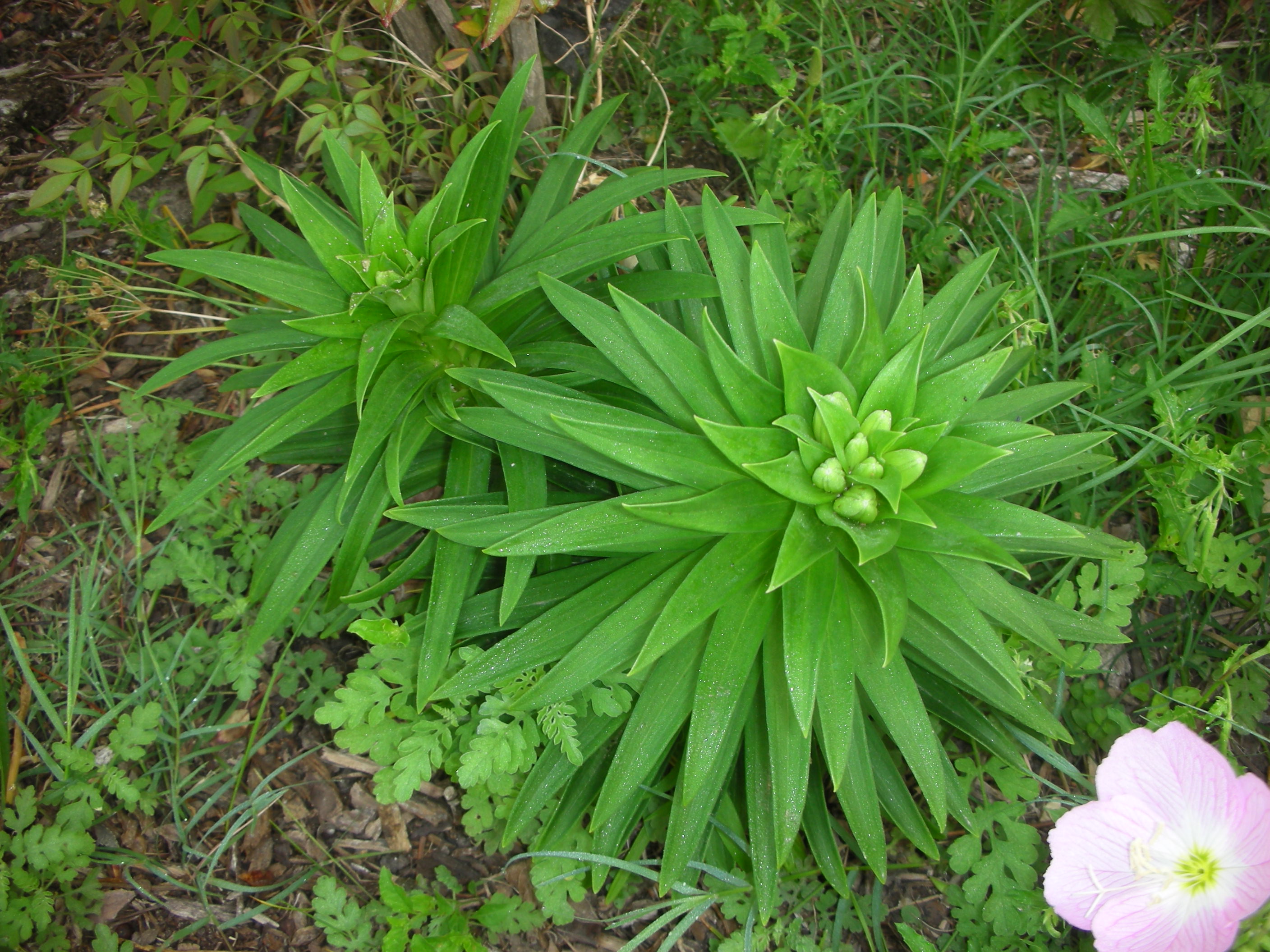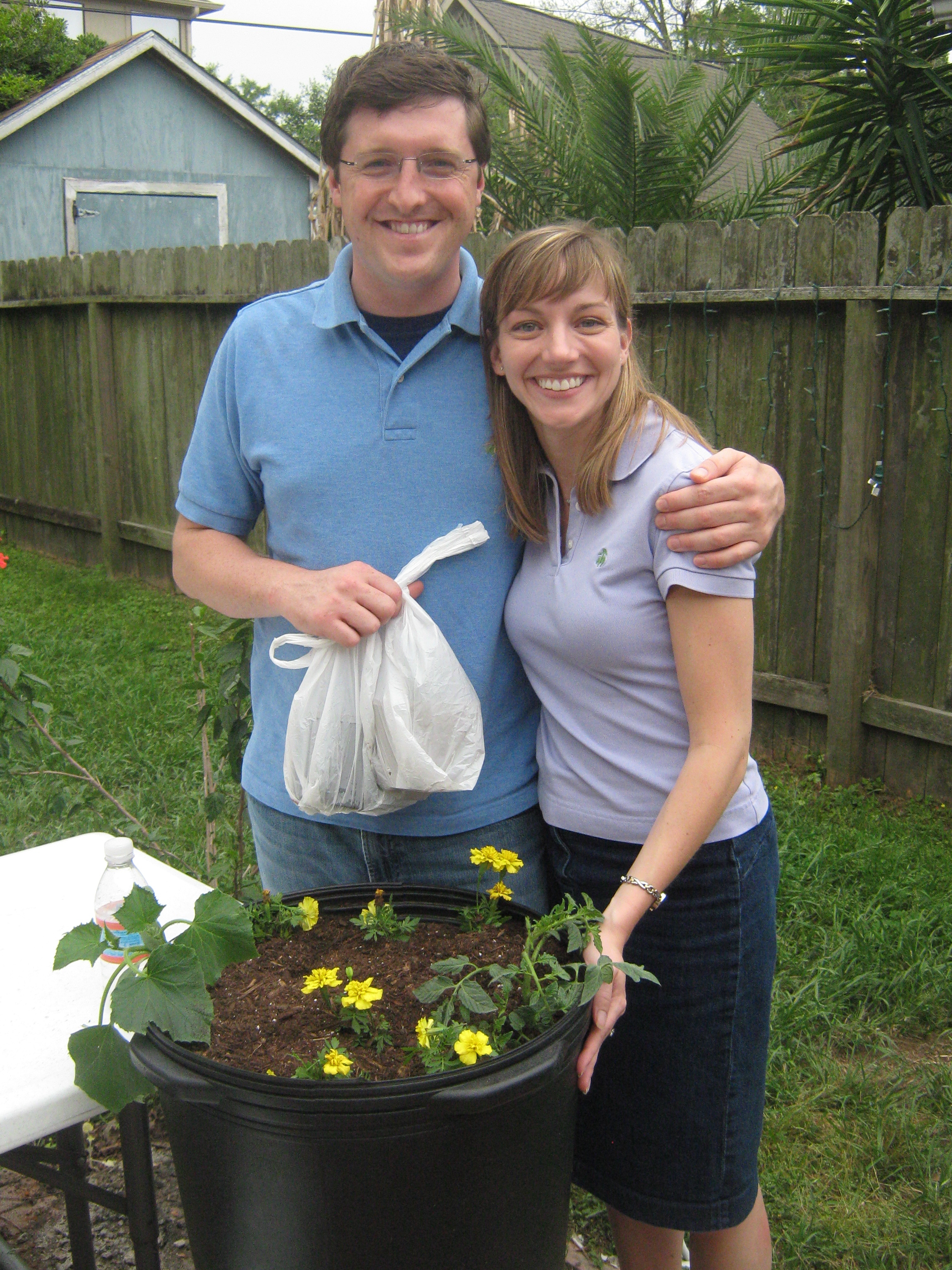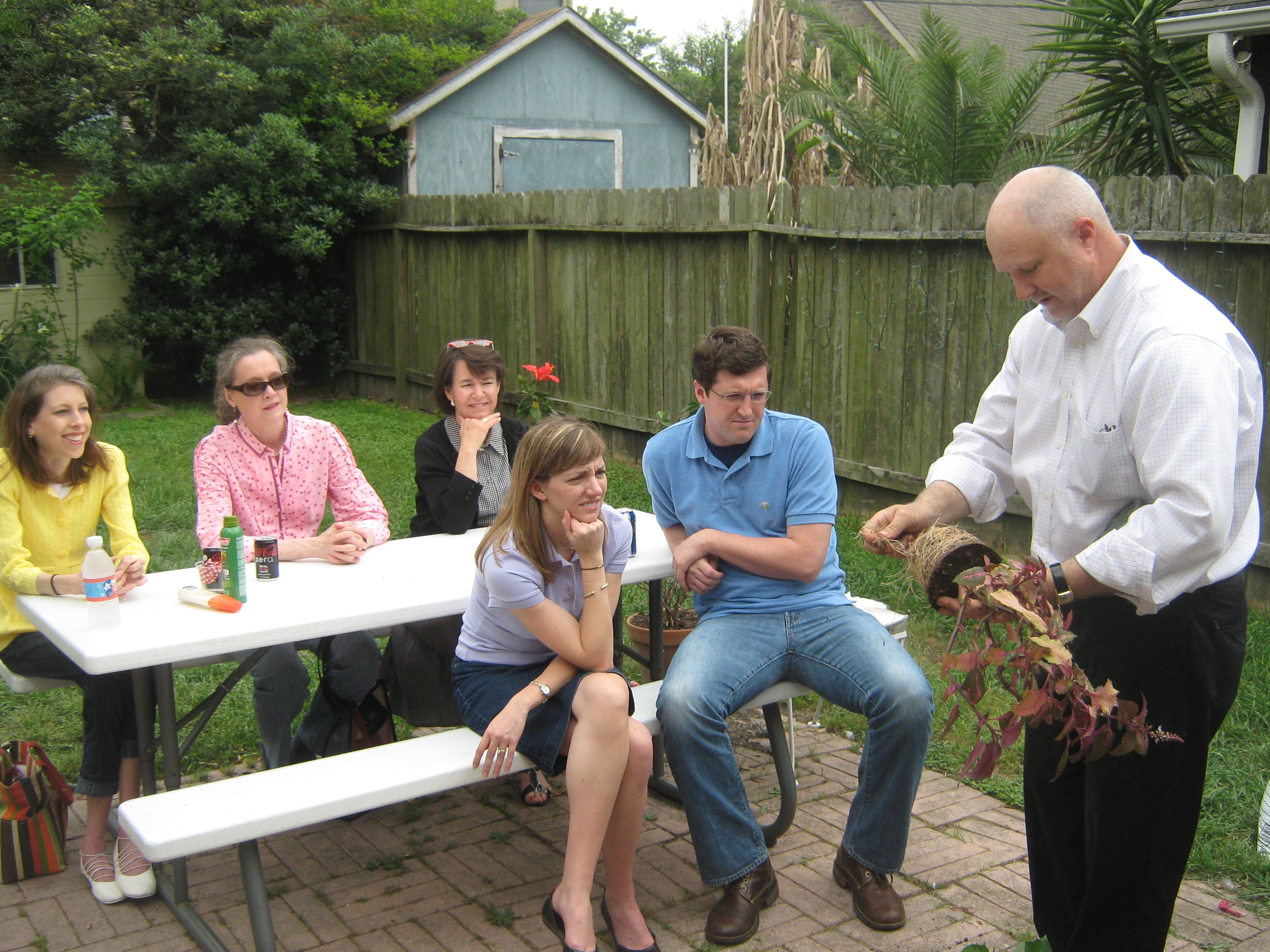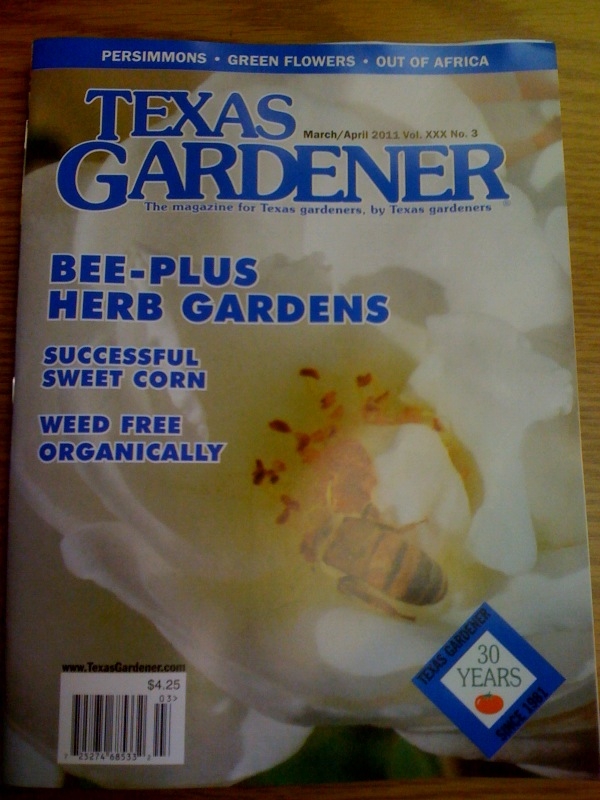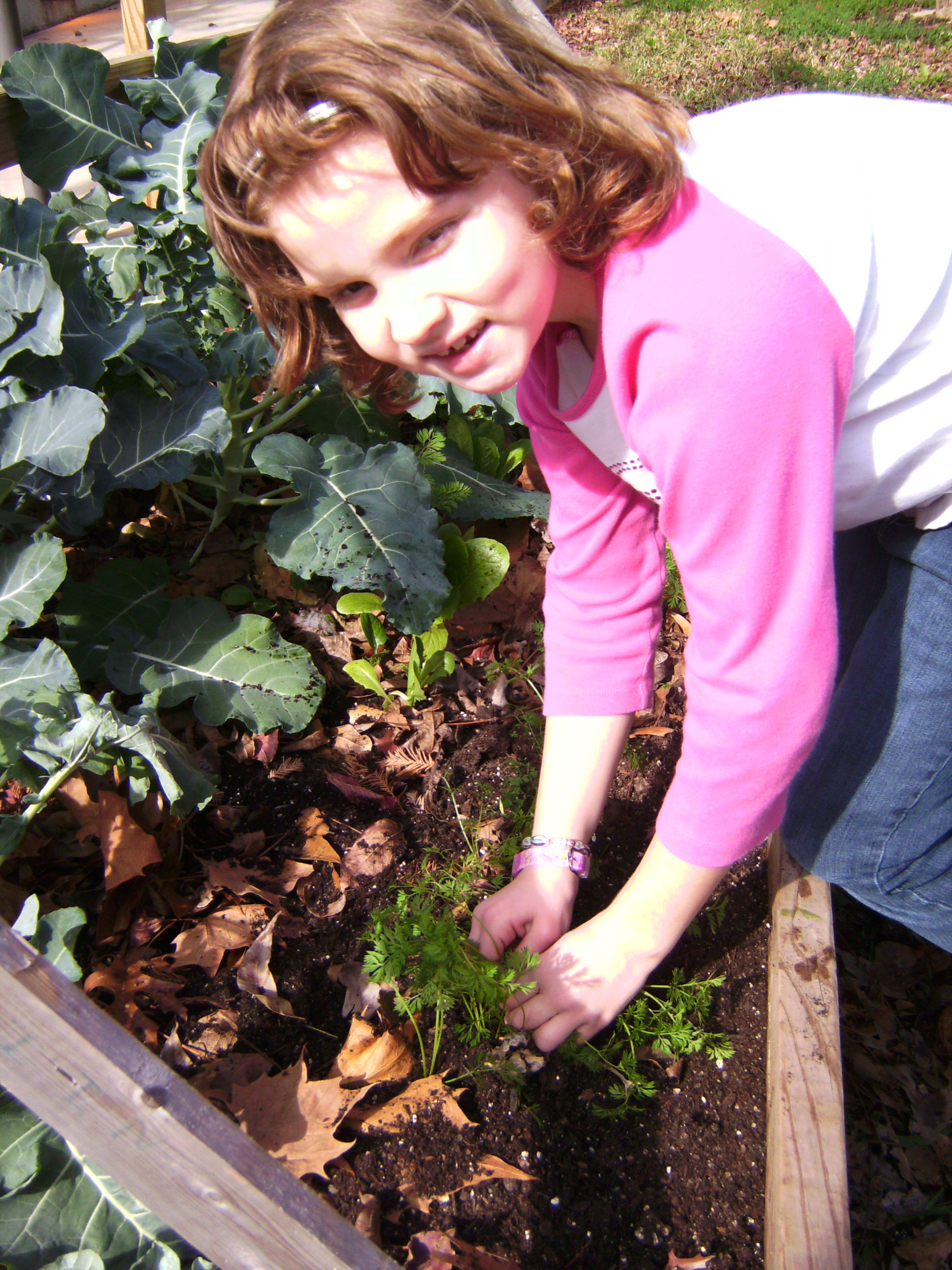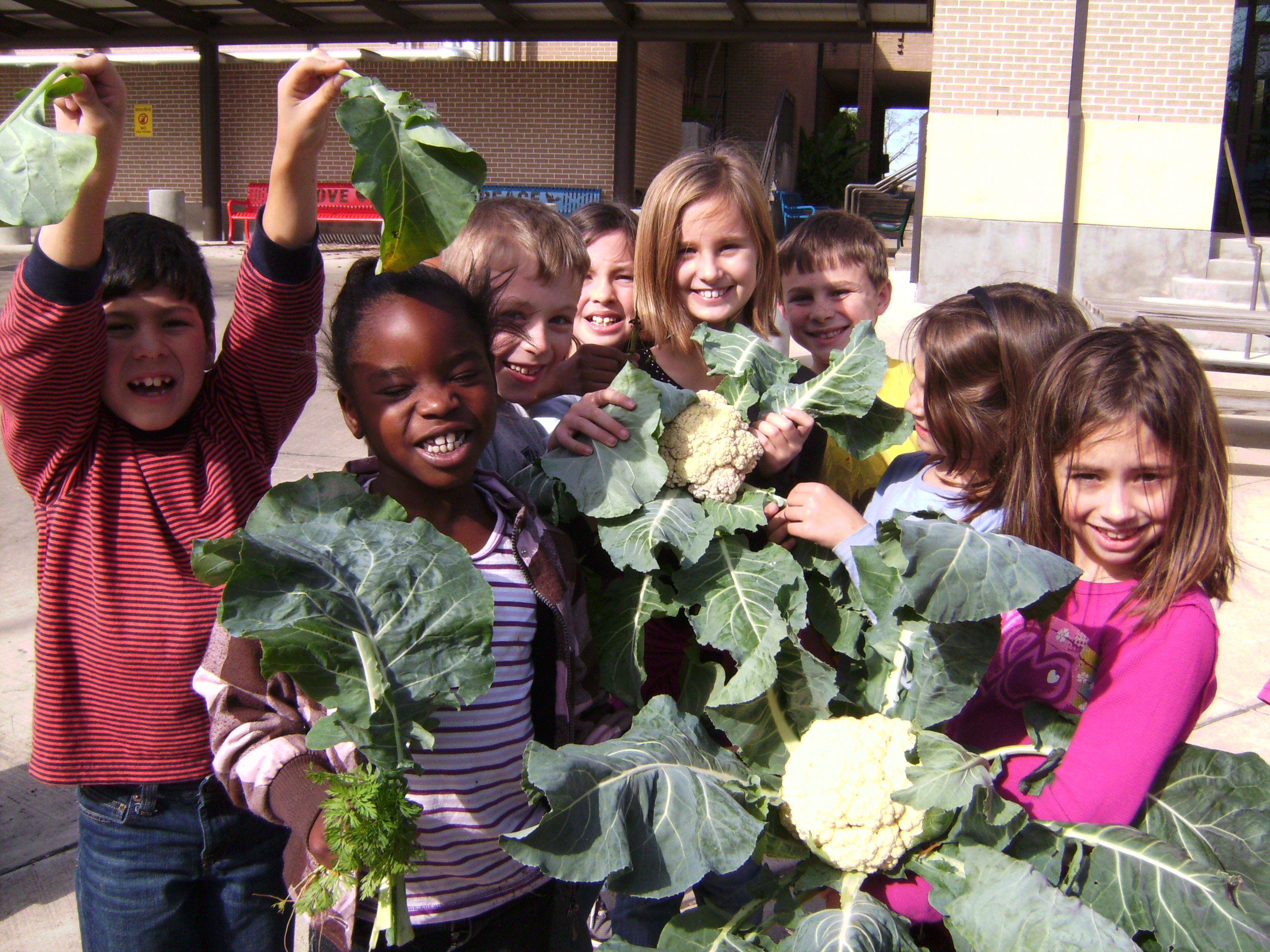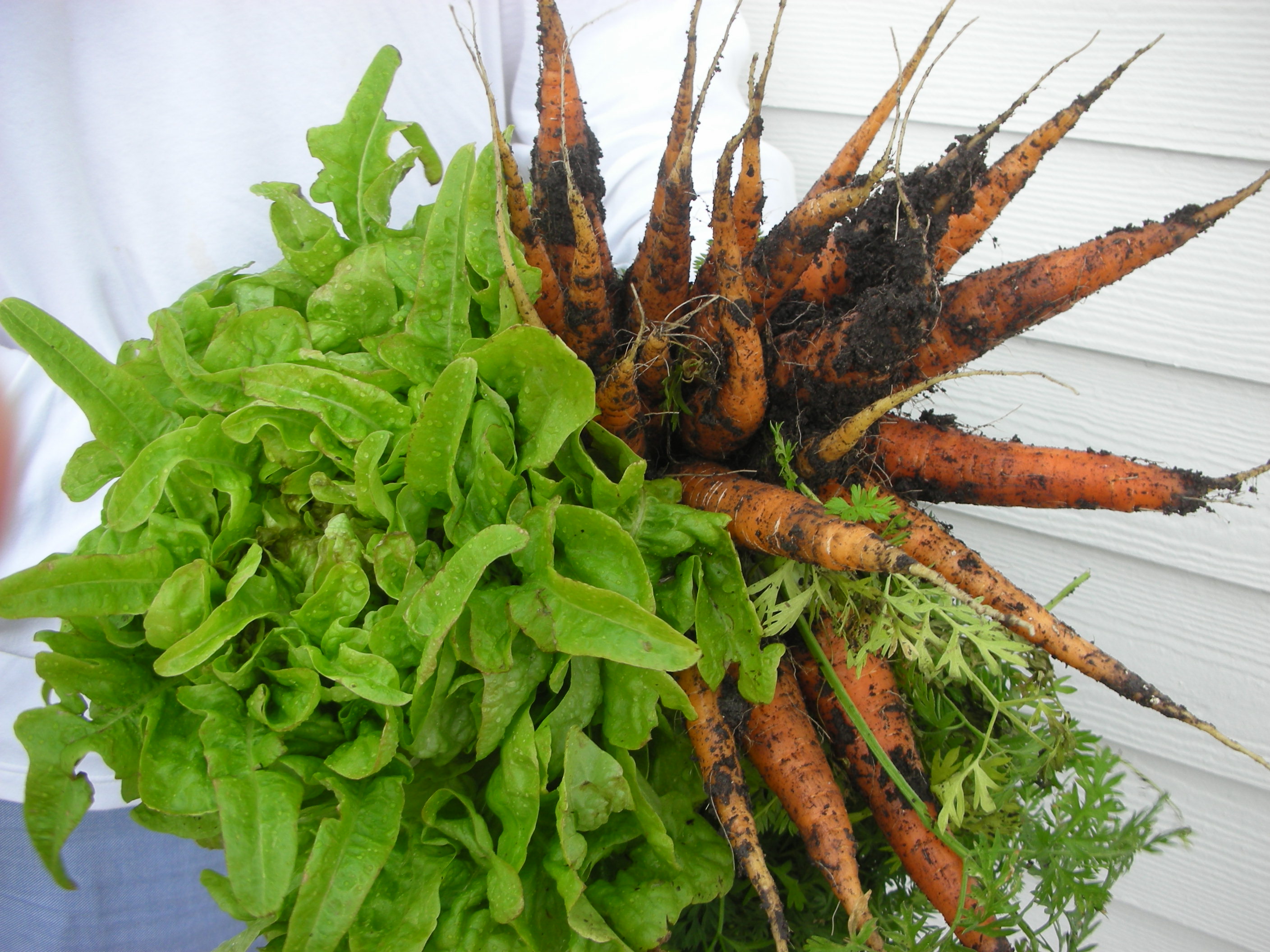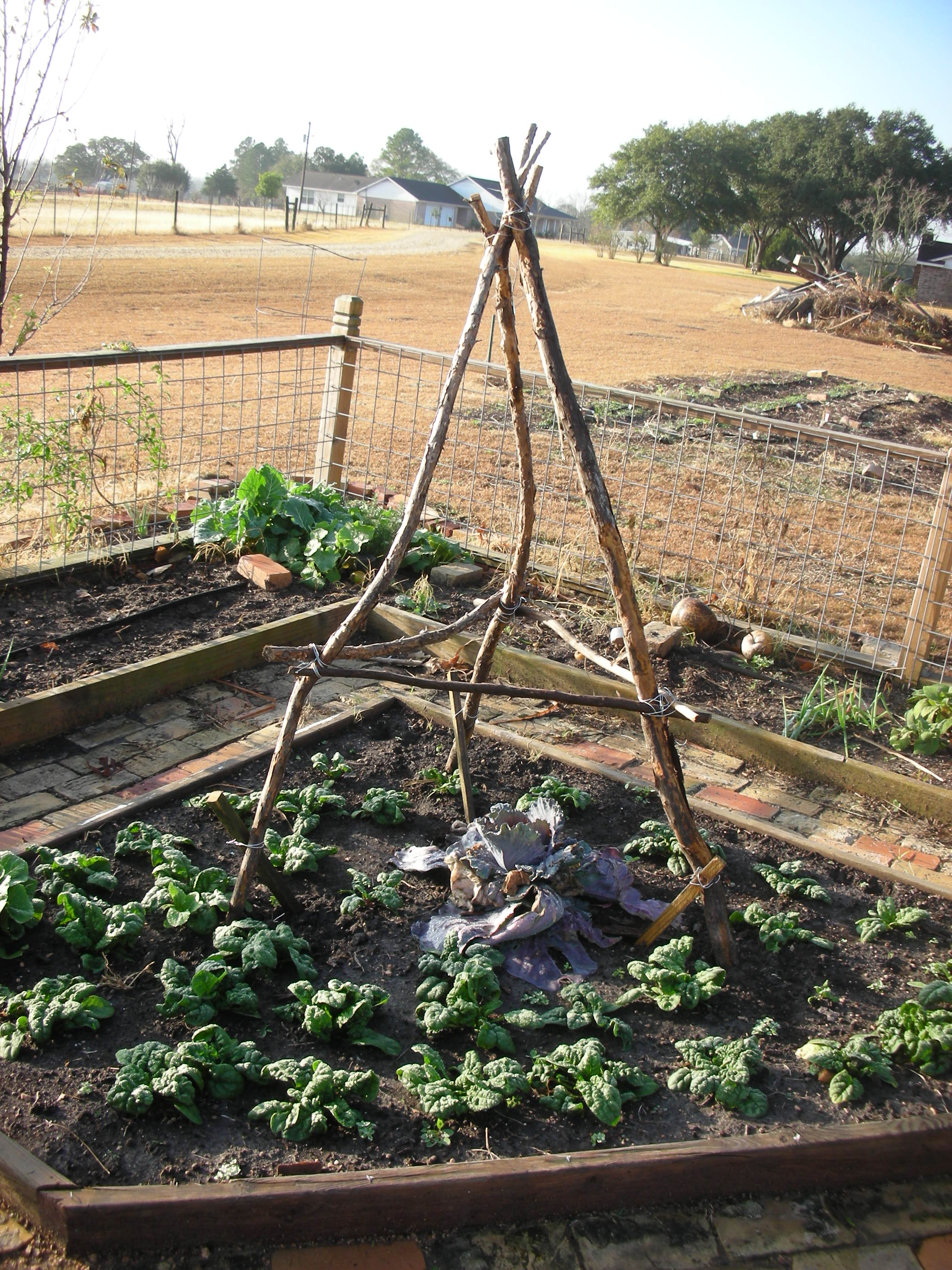This past weekend, I pulled up 52 pounds of 10/15 onions. Definitely my best onion harvest ever. Now the question is, “What do I do with 52 lbs of onions”? Since my wife and I are empty nesters, it is going to take us a while to eat all of those onions. Especially when you take into account the fact that I just harvested an apple box full of shallots and I am still growing Egyptian Walking Onions. I am sure we will be sharing with our kids and neighbors, but we are still going to have to preserve a large number of these onions. Here’s how we preserve our onion crop:
First, if you are new to gardening, you may wonder when to harvest or pull your onions. The general rule is “Pull when the tops fall over”. Below is a picture of what that looks like. I believe in letting nature take its course. I do not pull until 75% or more of the tops have fallen. Once they fall, you can leave them in the ground for a week to ten days. This starts the natural curing process. However, do not leave them in the ground much more than ten days as that makes them susceptible to soil borne pathogens that can cause mold and rot in storage. Just a little note, I have heard several people say you have to cure onions before you can eat them. This is not true. Onions can be eaten at any time in their growth cycle (tops and all). You only have to cure onions that you want to preserve.
Once you have pulled your onions, spread them out in the sun. Make sure they have room between them for air circulation. I put mine on an old screen door up on saw horses. The length of time varies. If you pull them on a dry, hot day in Texas, then a few hours should be sufficient. If it has rained recently, the onions moisture content will be higher and you will need to leave them out until the roots become noticeably harder than when they were harvested.
Once they have completed this initial drying period, place them in a dry, shady place to allow them to complete the curing process. Many people put them on their porch. If you do not have room on your porch or in your garage, put them outside on a board or screen door to keep them off of the ground. Place a sheet over them for shade. Do not use plastic or canvas as this traps moisture. You can cut the tops off at this time if you wish but if you do, leave about one inch of top on the onion.

Placing the onions on an old screen door. Allow plenty of space around them so they will cure properly.
While they are drying, turn them every few days to make sure they are drying evenly. This part of the process can take two or three weeks. You will know they are ready when the outer skins are papery and the roots are dry and brittle.
Once your onion’s have cured, you can place them in mesh bags (or braid their tops together) and hang them in the garage for a little more drying. If you are going to put them in a root cellar where humidity is high, you want to make sure they are as dry as possible. Properly cured onions can keep for several months. Check them often and discard any that are becoming soft. If you see any sign of sprouting, eat them immediately, replant, or discard.








